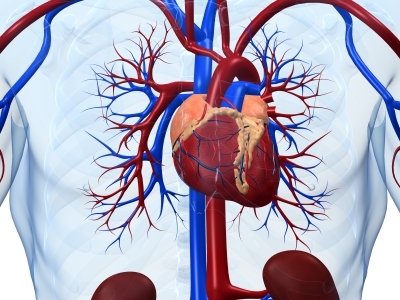What is duodenal switch gastric bypass surgery?
For those of you who don’t know, gastric bypass surgeries have been designed to treat morbid obesity and correct the health issues that might arise from this. The surgery also known as a Duodenal Switch or DS Gastric Bypass comprises both the restrictive and malabsorptive aspect. As a result of these surgeries, patients reduce their intake of fat by almost 80%.
In these procedures, the creation of a moderately sized stomach pouch and the bypassing of the small intestine are combined to allow the patient to lose weight without significantly altering eating habits by the biliopancreatic diversions type of gastric bypass surgery. This affects the stomach in such a way that it is able to hold approximately five to six ounces of food whereas other common procedures enable it to hold one half to one ounce.
![]()
Dr. Jan Zemplenyi is a highly qualified professional offering Cosmetic Surgery, including Facial Plastic Surgery . Read Dr. Jan Zemplenyi Reviews online, or contact his office to schedule a visit. Also, be sure to check out “5 questions to ask your cosmetic surgeon” by Dr. Jan Zemplenyi.
However, not all surgical procedures are successful, and the patient must get gastric bypass revisions. The advantages where patients opt for this procedure are:
- 1. Not losing enough weight.
- 2. Regaining weight.
- 3. Medical complication resulting from gastric bypass surgery.
A distal bypass is a series of procedures that create a small pouch leaving the rest of the stomach in place while bypassing the duodenum and a part of the jejunum, and is also called Roux-en-Y. The difference between this type of surgery and the proximal gastric bypass has to do with the length of the roux limb that is connected to the stomach pouch from the small intestine.


